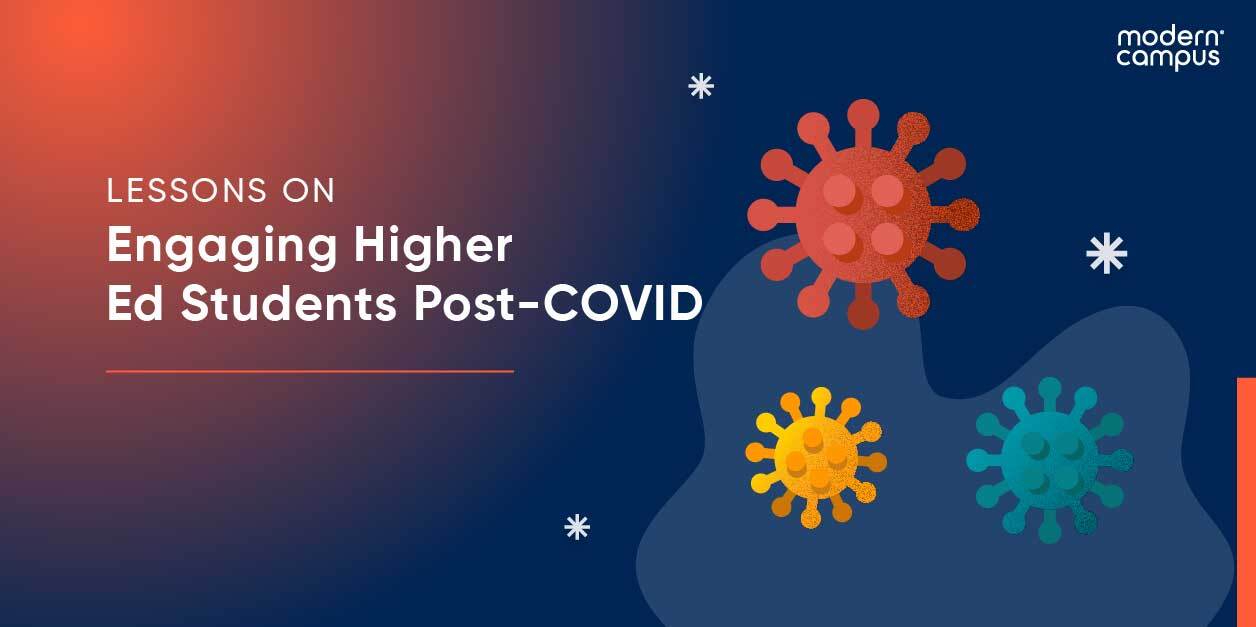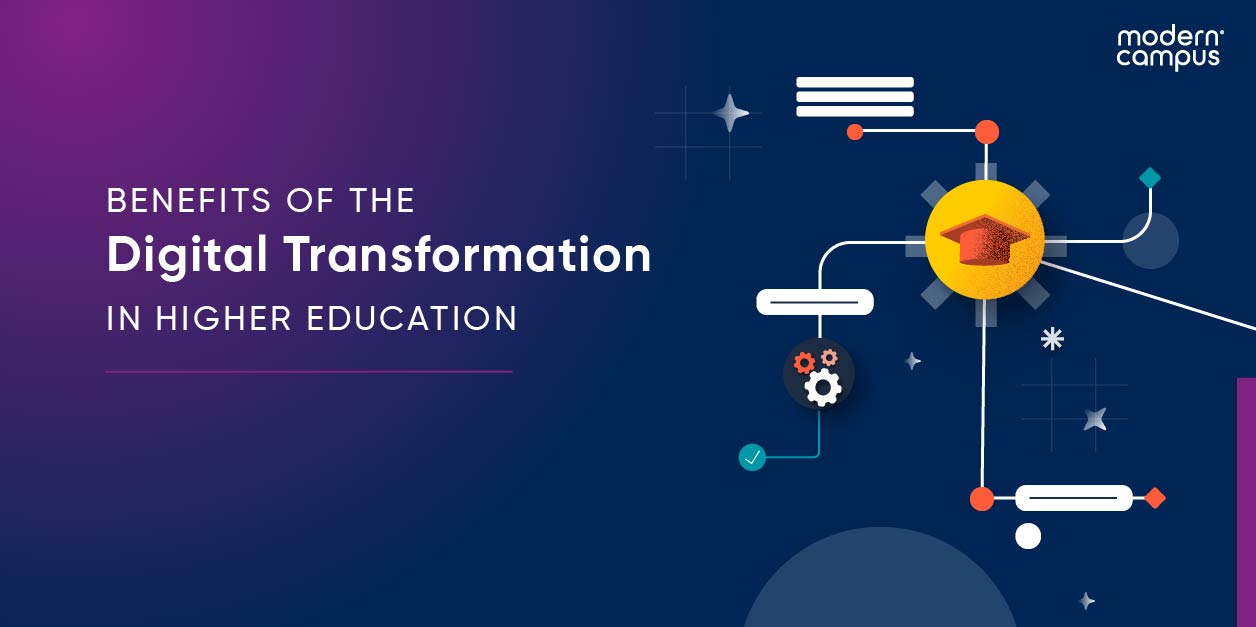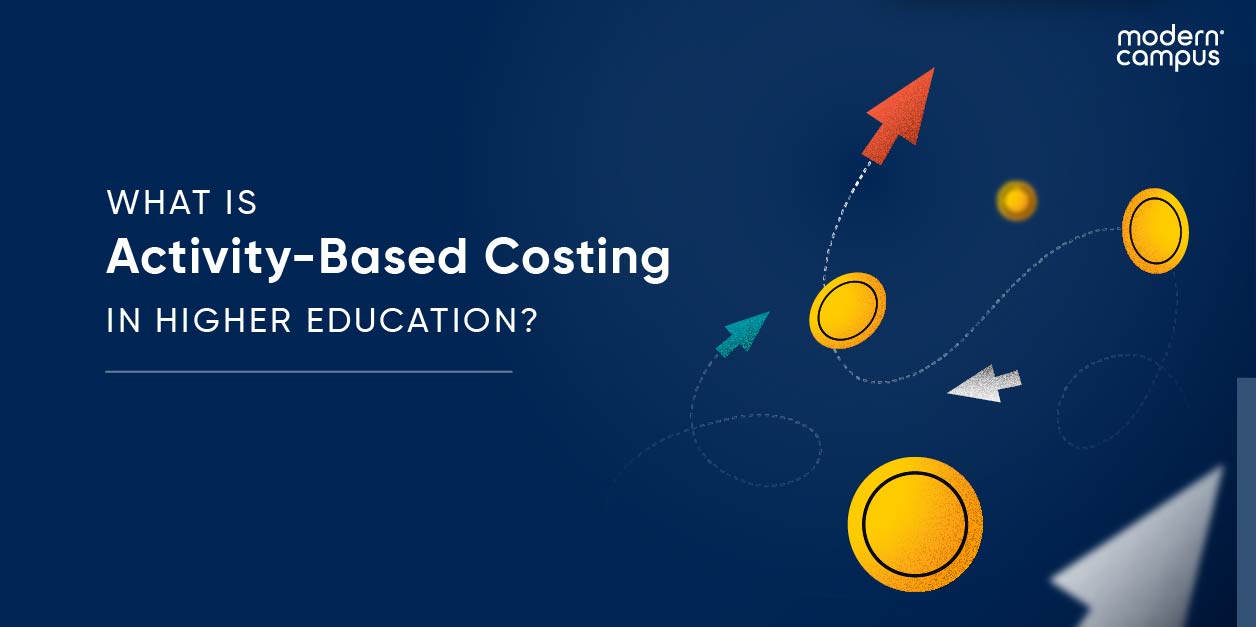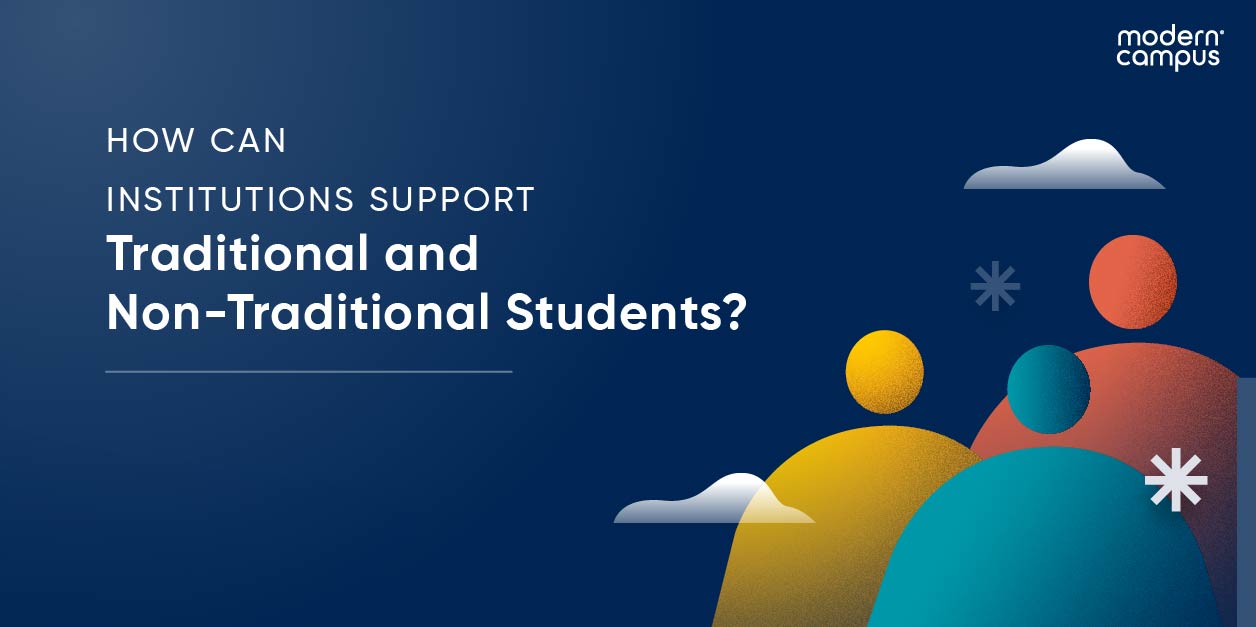5 Lessons on Engaging Higher Ed Students Post-COVID
The world moves quickly when you work in higher education. The “unprecedented ” times of COVID-19 lockdowns may seem like a distant memory to many campus professionals, but it irreversibly changed how Gen-Z students view the world. Ignoring that fact won’t help students succeed at your institution.
So what exactly, has changed forever and how should you respond to it? We recently hosted a webinar, Navigating Student Engagement: A Comparative Analysis of Pre vs. Post COVID Eras in Virtual and In-Person Education to discuss students’ new expectations, demands and assumptions as they relate to co-curricular programming.
Our guests were:
- James Durant, Director of Student Engagement & Greek Life, at Saint Augustine University (previously employed at Texas Southern University)
- Sandrine Sutphin, Director of Student Activities and Engagement at the University of Mary Washington
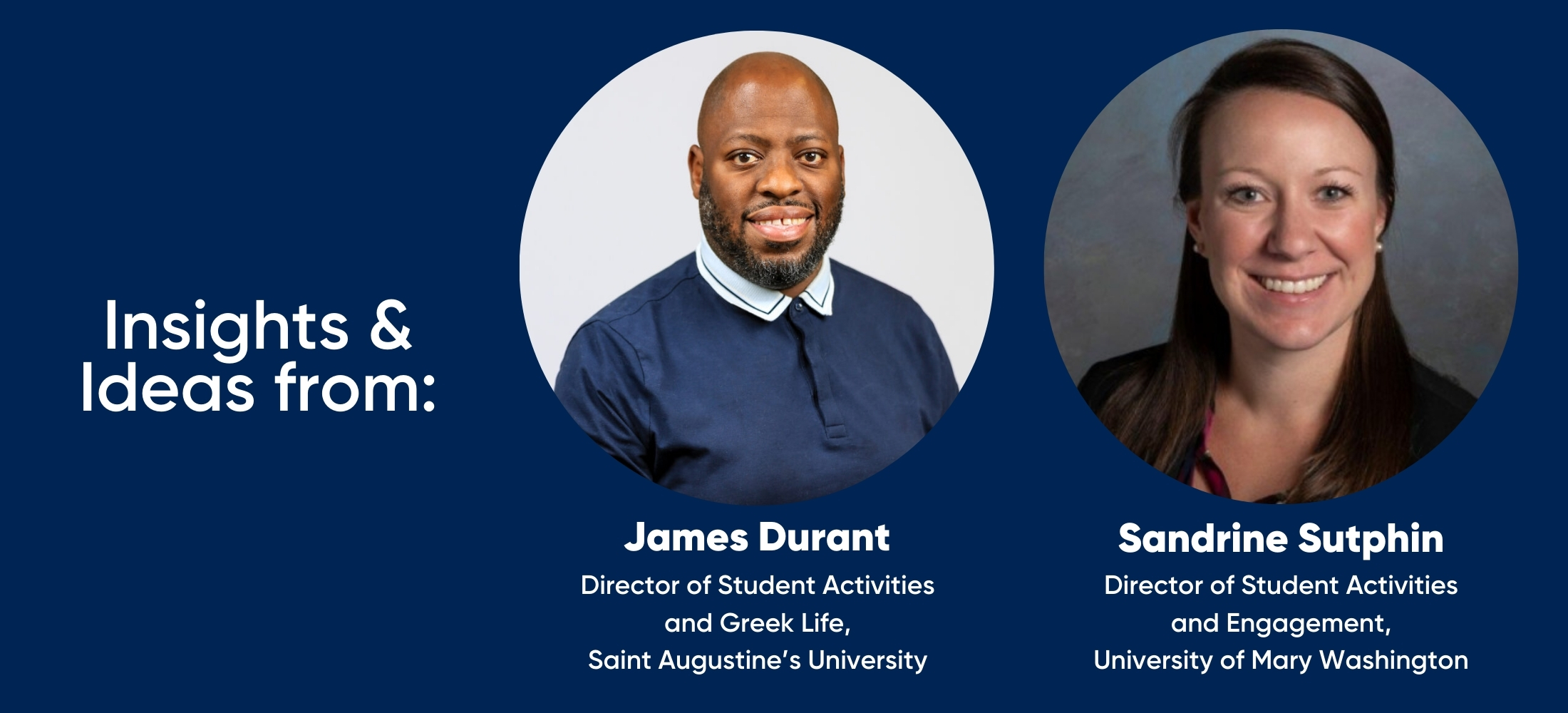
Here are five observations Durant and Sutphin shared about Gen-Z, along with their ideas for how student affairs professionals and their campus collaborators can shift their habits, initiatives and programming in response.
Observation #1: Gen Z students expect everything to be online, including higher ed programming.
“I’ve noticed, and the research tells us that Generation Z toggles between the virtual space and reality,” says Durant. “Everything is easy to access now. You can stream everything online. You can watch your favorite show when you want to. There’s an app for everything. You can shop and get everything delivered. There’s no reason to actually leave your home.”
Solution: Reel students in via virtual programming.
Students will still show up for in-person events—when they feel comfortable enough.
Virtual programming can effectively serve as a gateway to in-person engagement, especially when a skill is taught or an expectation is set online. Texas Southern University (TSU) hosted virtual beginner poker tutorials to help prepare students for an in-person tournament. Staff have also gone live on social media to demonstrate how students can turn a bedsheet into a toga in prep for a campus toga party.
“We’ll do something virtually to let students build community among themselves,” says Durant, “Then we’ll try to piggyback that with an in-person program on a larger scale, which allows different communities to come together.”
Observation #2: Social anxiety is at an all-time high among learners.
“Many students have developed anxiety about coming out into large spaces or being around people,” says Durant.
He believes this is due, at least in part, to students missing out on critical years of social development in high school due to COVID.
Solution: Offer smaller, more intimate programming.
Sutphin and Durant say that many of their students are more enticed by smaller events than larger ones, as they value connecting with their peers one-on-one.
“Even if you don’t have 200 people at your event, if you’ve got 20 and those students are really connecting and they’re going to come back, that’s really meaningful,” Sutphin says.
“Students just love the smaller programs—the more creative programs,” Durant says, adding that students enjoy acquiring new hobbies and displaying their work. At TSU, students raved about small events that involved painting and making herbal tea.
Observation #3: Today’s students see themselves as highly independent, even when they struggle to be.
Sutphin says her students are frequently eager to “make things happen”—to start new organizations, plan events and foster campus initiatives. Yet, those students often don’t understand the institutional processes necessary to do so. Many are also resistant to learning proper procedures as they don’t understand the importance or need.
Solution: Guide students through leadership.
“We’ve had to focus a little bit more on going back to basics—how to reserve a space, how to plan an event—and really outline it for students,” Sutphin says, “I tell them ‘I want to support you. I want to help you be successful. But you need to take the time to learn these things.’ I think that’s where they’re struggling a bit with their autonomy and independence.”
Sutphin also believes that many aspiring student leaders are stretching themselves too thin. By involving themselves in too many clubs, they miss important deadlines and forget to take the proactive steps necessary to complete every project. To counteract this, Sutphin encourages students to take the time to fully understand what procedures, practices and policies make an event and group successful.
Observation #4: Gen Z loves games and competition.
Today’s students are seeking a sense of camaraderie—to feel like they’re a part of something bigger than themselves. Yet, they also like showing off their individuality and partaking in friendly competition.
For evidence, look to the popularity of video games, online games and card games. Games allow players to connect with their peers while acquiring and showing off new skills for themselves.
Solution: Gamify engagement.
Gamification is gathering steam as a clever way to incentivize engagement. TSU leverages Modern Campus Involve’s suite of gamification tools to assign point values to each experience and design custom reward programs.
“Gamification really swung the door wide open because students got competitive and started competing for points,” Durant says. “It really took our programs to the next level.”
Points give students a better sense of each program’s value, and offering prizes—such as institutional memorabilia, free food or unique experiences—motivates students to keep coming back for more. Since the University of Mary Washington (UMW) launched its points program less than a year ago, Sutphin says that her office has heard from many students for the first time, as they’re eager to rack up points and acquire new skills.
Observation #5 : Students want to know what to expect.
COVID health precautions required UMW to pause many traditional campus programs for a few years. Although those programs can now return, the momentum has been lost; today’s students are unfamiliar with those events and they don’t know what to expect nor why they should be excited to attend.
“Our attendance is unpredictable,” Sutphin says. “It might be a really great event but if students haven’t seen it before, they’re hesitant. They want to wait and see.”
Solution: Be transparent and go where students naturally flock.
For better and for worse, social media has an undeniable impact on student engagement. “They look at social media to determine if they want to do things,” says Durant.
Sutphin agrees, adding that UMW students want to know what their peers are saying about upcoming and ongoing events. Facebook is out; TikTok and Instagram are where Gen Z finds out about products to buy, news stories to care about and pop culture events to enjoy.
Institutions can leverage this insight to promote campus events and co-curricular opportunities. Create short, shareable videos that provide basic information, showcasing why students can attend and what they should expect. By filming the event space being set up, the food being prepared or student leaders getting ready, you can welcome students in before the event begins.
Navigating Student Engagement: Pre vs. Post COVID Eras in Virtual and In-Person Education
Last updated: January 24, 2024
